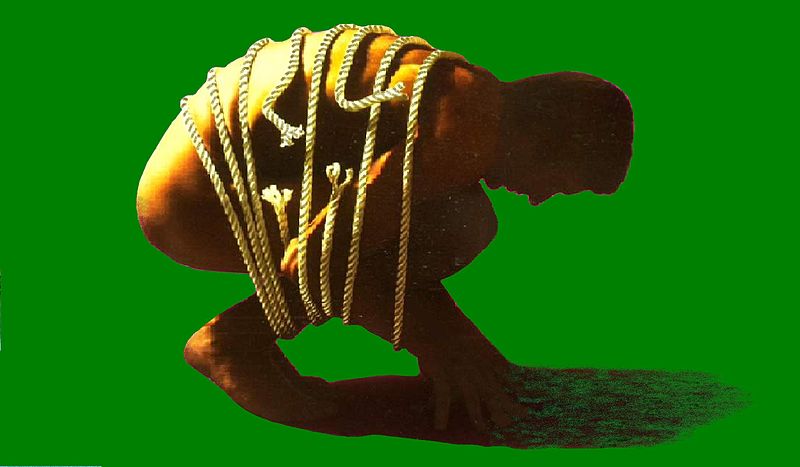Many of those who have opted for having electrodes implanted in their backs have experienced great improvements to their quality of life
Patients are increasingly turning to spinal cord stimulation to tackle chronic back pain, Australian pain experts say.
The move comes as technology rapidly improves, and the harms of alternatives such as opioids and other drugs, become more apparent.
Many of those who have opted for having electrodes implanted in their backs have experienced great improvements to their quality of life, including better sleep and greater mobility, with some being able to leave the house for the first time in years.
Dr Alan Nazha, a Sydney pain physician and interventional pain specialist, wants doctors and their patients to know that this spinal cord stimulation is an option, but warns that it is not a panacea.
For starters, the neuromodulators were only for neuropathic pain and did not fix the underlying problem, Dr Nazha said.
Like pacemakers, the programmable devices deliver currents through an electrode into the back. The exact mode of action that makes spinal cord stimulation effective remains unclear.
One aspect of it appears to be that it operates on the gateway theory – which is the same process that happens when someone grabs hold of their elbow when they hit it, they stimulate the sensory fibres to override the pain fibres.
Stimulation devices are getting smaller and faster to charge. Some now have the batteries outside the body or can be charged wirelessly through induction, like some new mobile phones.
One of the new models is MRI compatible, which removes one major obstacle in the minds of clinicians debating the benefits of a device for a condition that is not specifically life-threatening.
These improvements made them an increasingly attractive option to patients. Dr Nazha said he had seen a dramatic increase in the number of patients seeking the therapy in the last five years.
Presenting a talk on spinal cord stimulation for GPs and physiotherapists earlier this month in Sydney, Dr Nazha said it was a “very exciting” time to be in the field of pain management, but those in the industry “need to make sure we don’t get ahead of ourselves”.
The important things to consider in spinal cord stimulation were whether this was the most appropriate device for this patient with this condition, he said.
Conditions that were likely to respond included: failed back surgery syndrome, complex regional pain syndrome, refractory angina pectoris and neuropathic pain secondary to peripheral nerve damage.
Those who potentially could respond included patients with pain associated with peripheral vascular disease, brachial plexopathy (partial not avulsion) or post irradiation, axial pain following surgery, intercostal neuralgia such as post thoracotomy or other peripheral neuropathic pain syndromes, such as those following trauma.
Non-specific or overly optimistic expectations are a red flag for Dr Nazha. As was pain that had lasted for more than a decade, patients with untreated depression, fear avoidance behaviour and people who were actively litigating a worker’s compensation case.
“As with any technology, the technology can fail,” he said, pointing to issues such as lead migration, battery problems and infection.
Fortunately, he said the “common things are not bad, and the bad stuff is pretty rare”.
The technology has been around for half a century, and the evidence for the devices is growing. Nevertheless, level one evidence in the form of randomised controlled trials is still thin on the ground, largely due to the ethics of performing a comparison surgery with a placebo, ineffective, device.


